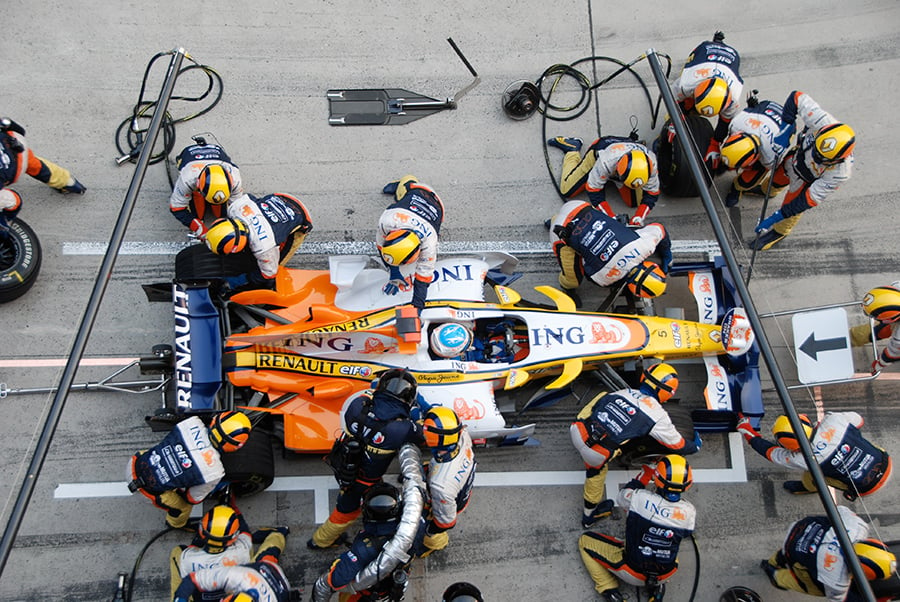
December 18, 2018
Year in Review 2018: Putting Design Back to Work
Our contributors comment on an event or a moment from the last year that demanded more of how we should practice, frame, and respond to design.

When it comes to workplace design, there seems to be an arms race in Silicon Valley, with companies vying for the biggest wow factor, and eye-popping statements designed to attract the best and brightest talent. A brief review of recently opened offices presents prime examples: the Nvidia HQ in Santa Clara (Gensler); the Airbnb and Salesforce headquarters in San Francisco (respectively: the Airbnb Environments Team and WRNS Studio; Mark Cavagnero Associates and the Wiseman Group); Etsy’s Brooklyn home base (Gensler), which aims to tell a wonderful story aligned with the company’s mission; and Bloomberg’s London HQ (Foster + Partners), reviews of which laud the space but not how it supports the business.
My question is, do such projects deliver high-performance work, or a high-performance work environment? There is a difference.
Great workplaces deliver great work. They are extremely functional, resolve the conflict of personal versus team productivity, successfully articulate brands in deep and meaningful ways, seamlessly incorporate enabling technology, and are laser-focused on addressing the key business challenges that lie ahead. A sensitive attention to user experience is a given in these spaces.
So where have these design criteria been met? Three examples may be instructive:
First: The modern tractor cab is an extraordinary convergence of function, comfort, technology, and value. It provides a tailored user experience over long hours worked toward an easy-to-measure target: the highest-possible farm yields.
Second: A Formula 1 pit crew has surely one of the most demanding workplaces. Try changing your tires and installing a new front fender in 2.2 seconds!
Third: If business aspires to transformational performance, look no further than an America’s Cup yacht deck. A boat faces the constant threat of disruption by weather, tides, technological failures, and human error. The application of interdisciplinary design, which spans fluid dynamics to psychology to data analytics, has yielded astounding optimization and ever faster speeds.
Workplaces must go beyond making brilliant branding statements; they must be purposely created to achieve improved work outcomes. When creative teams rebalance the contributions of interior design and architecture—embracing wider input from, for example, industrial design, process design, data analytics, and anthropology, and a better understanding of how businesses function—the work itself is much better served.
CHRISTOPHER HOOD is the director of European consulting at Advanced Workplace Associates, an advisory group that helps organizations transform the way they work.
You may also enjoy “Year in Review 2018: The Myth of Age in Architectural Practice.”
Recent Viewpoints
Viewpoints
Navigating the Path to Net Zero





